Precautions for selection and installation of LED light strips
LED light strip refers to welding LED lamp beads to copper wire or strip-shaped flexible circuit board using a special processing technology. It is named because its shape is like a strip. LED light strips are generally divided into two types: flexible LED flexible light strips and LED hard light strips.
1. Things to note when choosing light strip products
1. Select products by light strip type
There are various types of LED light strips. When selecting, you need to choose products according to specific needs.
1) Select products by LED type:
At present, general-purpose LED light strip products on the market are mainly divided into circulating products 2835 and 5050 series light strips. For the needs of side-emitting scenes, there are 3014 series light strips to meet this demand. 3014 has side-emitting and front-emitting series. The ultra-dense series includes 2210 and 2216 series light strips. Due to the small size of the lamp beads and the dense arrangement of the lamp beads, they are more suitable for small-size profiles and ceiling trough applications with narrow spaces.
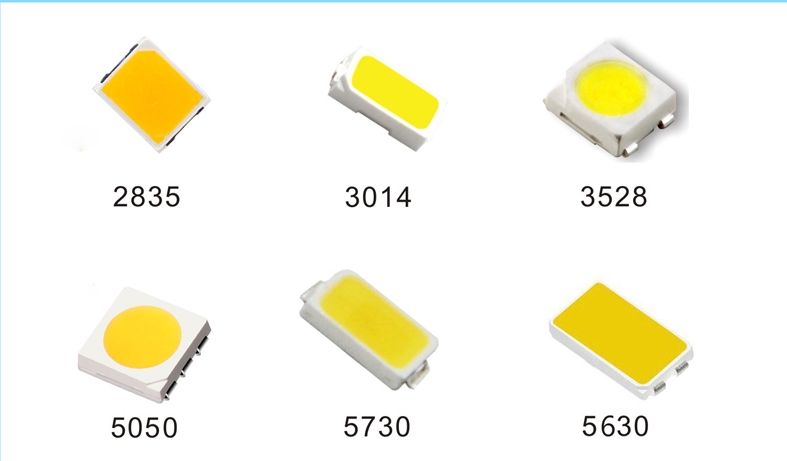
2) Select products according to protective technology:
The environmental requirements for the application of LED light strips are different. When applying light strips, you need to select products according to the actual environmental requirements. Bare panel light strips can be used in general indoor and indoor application places without protection requirements. In scenes such as kitchens, bathrooms, toilets, etc., it is recommended to use IP54 rated light strips due to the high water vapor in the ambient air. For semi-outdoor scenes such as balconies, guardrails, outdoor steps, and eaves, it is recommended to use IP65-rated light strips. For environments such as lawns, gardens, outdoor steps, and buildings to outline outdoor lighting scenes, IP65-IP67 grade light strips are recommended. For the near water area or shallow water area of the swimming pool, IP68 protection grade light strips are recommended. For special application environments, it needs to be customized according to specific environmental requirements.

2. Select products according to color rendering index
Color rendering index refers to the definition of color rendering by the International Commission on Illumination (CIE): the effect of a light source on the color appearance of an object compared with a standard reference light source. The Ra value means that when CIE formulates the CRI, it uses 8 color block test samples in the Munsell color plate to test the reducibility of the light source to the R1-R8 color blocks. The average value of R1-R8 is Ra. During the application of the early-established Ra value, it was discovered that Ra did not accurately represent the level of the color rendering index. Therefore, the International Commission on Illumination (CIE) added R9-R15 after R1-R8 to meet the needs of specific occasions. The selection of light strip products needs to be based on the requirements for the color rendering quality of the illuminated object, and a product with a suitable CRI needs to be selected.
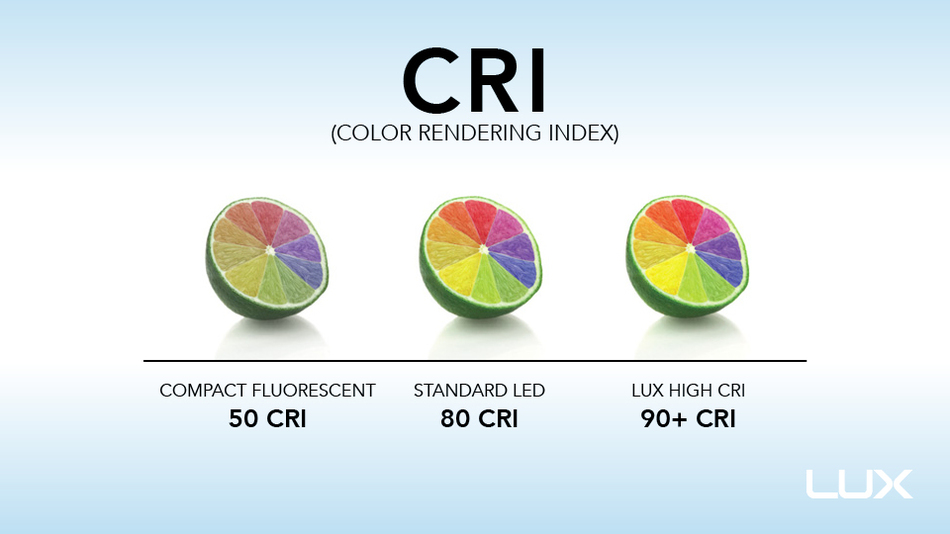
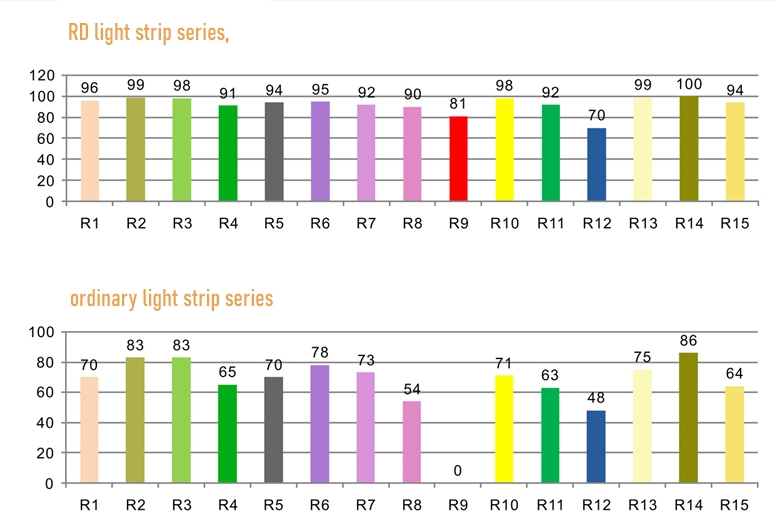
3. Select products according to color temperature
Light strips have different color temperature requirements due to different application environments and functions. Therefore, when selecting light strip products, you need to choose different color temperatures according to the environment of use or the lighting items and functions. For example, 2400-2700K color temperature light strips are commonly used in hotel rooms and gold counters, 4000K color temperature light strips are commonly used in showcase display racks, and 5700K color temperature light strips are commonly used in shopping mall ceiling troughs.
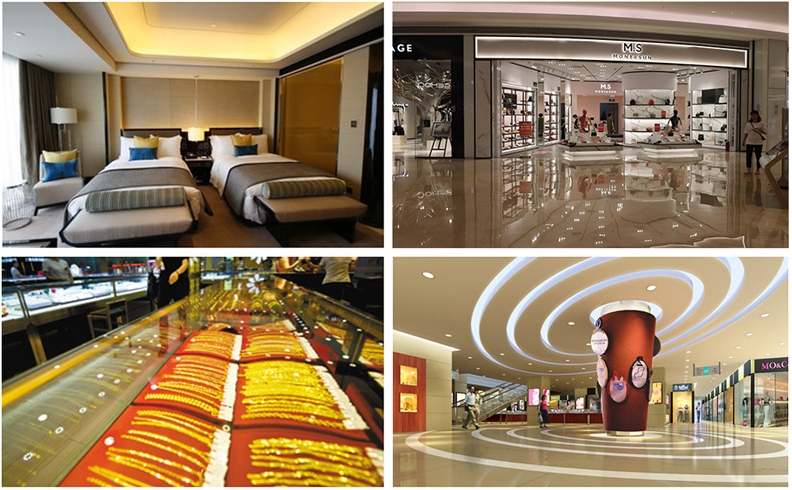
2. Precautions for installing light strips
1. No live work is allowed
The light strip is an LED lamp bead welded on a flexible circuit board using a special processing technology. After the product is installed, it is powered on and lit. It is mainly used for decorative lighting applications. Commonly used types are 12V and 24V low-voltage light strips. In order to avoid damage to the light strip due to errors during installation and installation, it is strictly prohibited to operate the light strip with power on when installing the light strip product.
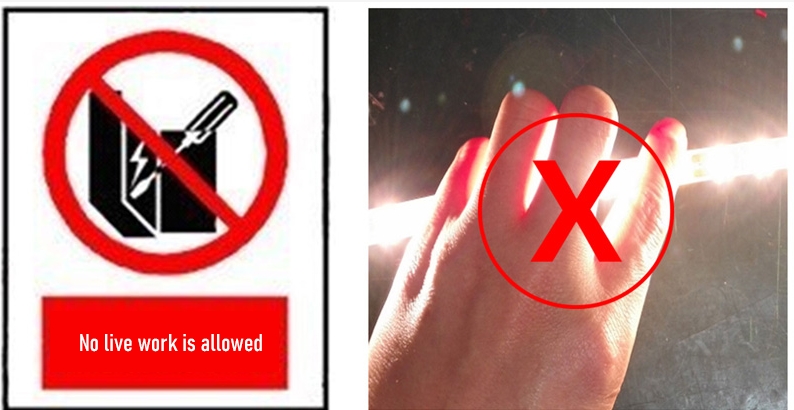
2. Storage requirements for light strips
The silica gel of the LED light strip has moisture-absorbing properties. The light strip should be stored in a dry and sealed environment. It is recommended that the storage period should not be too long. Please use it promptly or reseal it after opening it. Please do not open it before use.
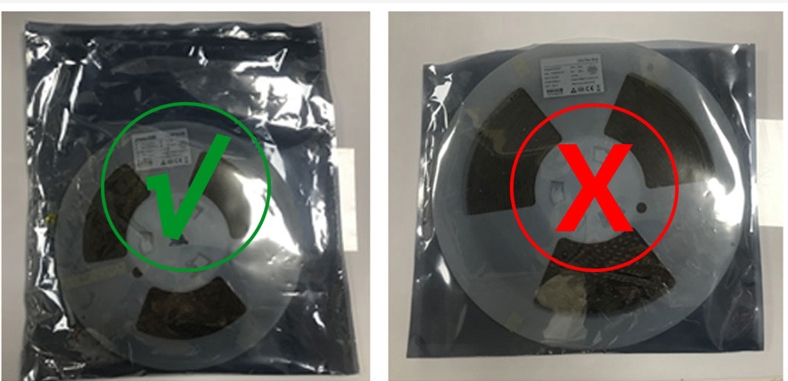
3. Check the product before powering on
Do not turn on the power to light the entire roll of light strips without removing the coils, packaging, or stacking them together to avoid serious heat generation and LED failure.
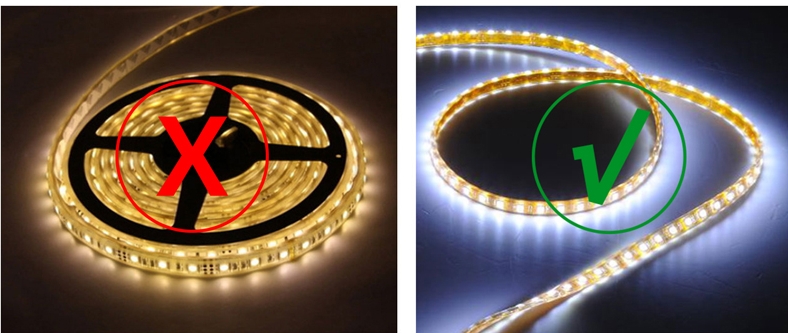
4. It is strictly prohibited to press the LED with sharp and hard objects.
The light strip is an LED light welded on a copper wire or a flexible circuit board. When installing the product, it is recommended not to directly press the LED surface with fingers or hard objects. It is strictly forbidden to step on the LED light to avoid damaging the LED light of the light strip and causing the lamp beads to be damaged. Damage dead light.
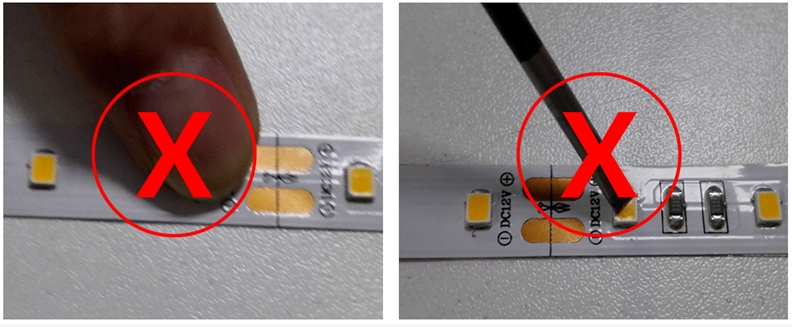
5. Make sure the surface is clean and tidy during installation
Before installing the light strip, please keep the installation surface clean and free of dust or dirt to avoid affecting the adhesion of the light strip. When installing the light strip, do not tear off the release paper on the adhesive side all at once to avoid the light strips sticking to each other during installation and causing damage to the lamp beads. You should tear off the release paper while installing. The surface of the light strip installation platform must be flat, especially the light strip connecting plate, to avoid the light strip being prone to failure and uneven light on the surface affecting the overall effect.
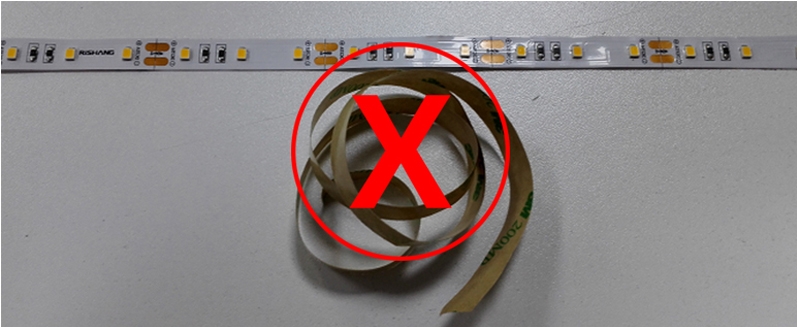

6. Do not twist the light strip during installation
During the installation process of the product, it is strictly forbidden to twist the light strip body to avoid breaking the lamp beads or causing the components to fall off. During the installation process of the product, it is strictly prohibited to use external force to pull. The light strip can withstand a pulling force of ≤60N.
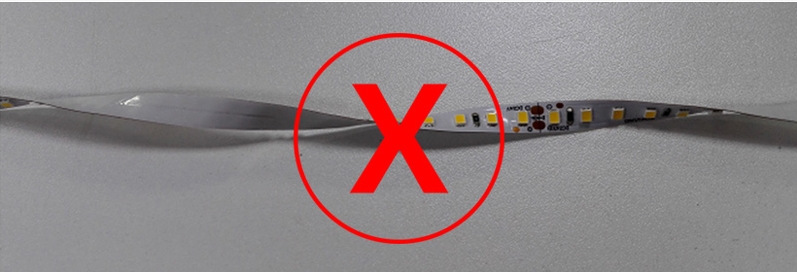
7. Pay attention to the arc of the corner when installing.
During the installation process of the light strip, in order to ensure the life and reliability of the light strip, do not bend the product at a right angle. The bending arc of the light strip should be greater than 50mm to avoid damage to the circuit board of the light strip.
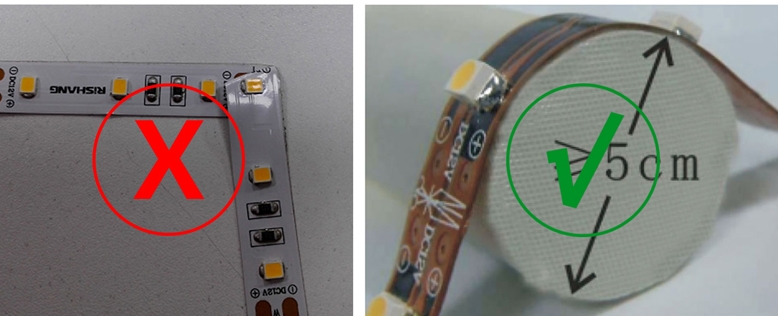
8. Light strip cutting
When installing the light strip, according to the on-site installation length, if there is any cutting situation, the light strip should be cut from the place marked with scissors on the surface of the light strip. It is strictly prohibited to cut from other places without cutting marks, which will cause the unit in it to not light up. After the waterproof product is cut, waterproofing treatment should be done at the cutting position or at the end.

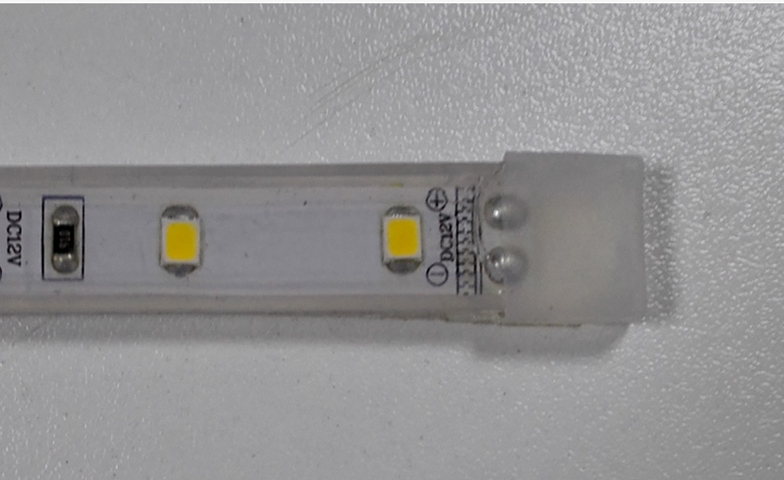
9. It is strictly prohibited to use acidic sealants
After authoritative testing, the gas or liquid emitted by acidic adhesive and quick-drying adhesive during curing has a great impact on the service life and luminous effect of the LED light source. It is recommended not to use it when installing light strips. Acid Sealant.
3. Precautions for wiring light strip products
1. Connect the power according to the product manual.
Wire according to the number of product cascades specified in the product manual (specification). Taking into account the current carrying capacity of the wires and the difference in brightness between the beginning and the end, it is strictly prohibited to connect too many series connections. (Example: The maximum number of cascades for R0060AA single-ended power supply is 5 meters. When using single-ended power supply, the input end of the light strip is connected to the main line, and no more products can be connected in series at the rear end of the light strip.)
2. The main line should not be too long
The length of the main line between the DC power supply and the lamp should be as short as possible. It is recommended that the longest length should not exceed 5 meters. When the dark groove is long, it is recommended to use a 220V main line and multiple power supply installation methods.
3. Correctly connect the positive and negative poles
Light strips are generally powered by DC12V24V (direct current), and are divided into positive and negative poles. Gray (or red) is the positive pole, and white (or black) is the negative pole. If the LED light strip is connected backwards, it will not light up; it cannot be directly connected to the AC220V of the mains to avoid burning out the light strip.
4. Insulation treatment
After the light strip wires are connected to the main wire, the connection points should be insulated. If the light strip is welded on, use heat shrink tubes or corresponding waterproof plugs to reinforce or waterproof them.





